After years of observation and study, architect Alex Rosman brings to light an exquisite perspective conceived by Giacomo Della Porta, set inside the Palazzetto of the iconic Roman Renaissance residence.
We asked the representative of the State USA Inc. Family Office, Matilde Bartolotta Cingolani, about the redevelopment project and how a historical-contemporary divide is being bridged.
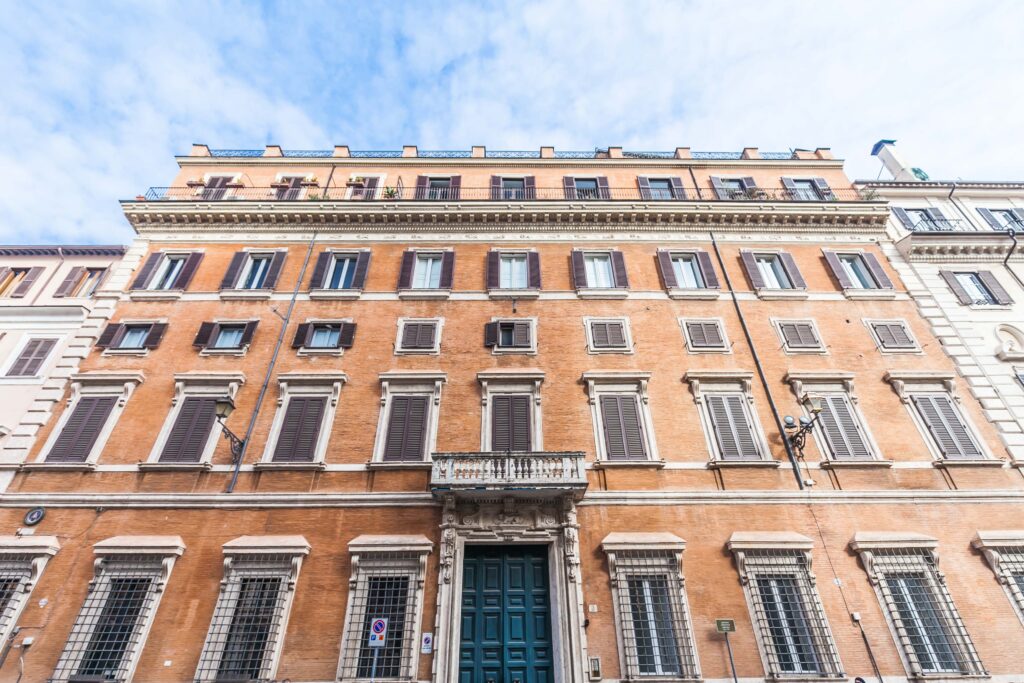
Can you tell us a bit about your background.
I was born in Rome, Italy but after two years I moved with both my parents to Key Biscayne, Florida which is ten minutes away from Miami. There, I enrolled in Carrollton School of the Sacred Heart, a private catholic school part of the Society of the Sacred Heart. At Carrollton, I formed a new type of family made up of my best friends just 30 minutes away from home which to this day remains intact although we are dispersed throughout various parts of the world. Apart from my studies, I participated in sports such as swimming, tennis, sailing etc and found the passion of running cross country which I competitively ran for the last three years of college, finally leading the team as a team captain. l also decided to take on playing the piano and studying music which developed my creative side of my persona. I attended Carrollton for 12 years and earned the IB Certificate Diploma.
Although we have lived in Miami for most of my life, I always kept in touch with my native country as every Summer we traveled to Italy to visit my extended family. In Italy, I accumulated a strong love for skiing as well as going on hikes or via ferratas with my father, Filippo.
When I graduated high school in 2019, I proceeded to applying to various universities. In the end I believed it was best to choose a college with values, faith, as well as prestige. With these factors, I chose to enroll in the University of Navarra in Pamplona, Spain. This switch from the US to Europe was extremely difficult but it also shaped me into the adult I am today. Although at first it was a drastic change, it has led me to strengthen my ability to be independent as well as explore the European cultures that I had left behind. I now live in Pamplona, Spain, studying International Business Administration. I am currently on abroad in the Erasmus Rotterdam University. My academic passions include finance as well as financial analysis where in the future I hope to work in Investment banking.
Can you tell us about the redevelopment operations of the Palazzo Albertoni Spinola? How will the building be repurposed?
My parents and I had the idea of redeveloping the Palazzo Albertoni Spinola. As the Palazetto holds the history of the family, it is also a historic masterpiece. We have seen its beauty as a gem hidden in the center of Rome.
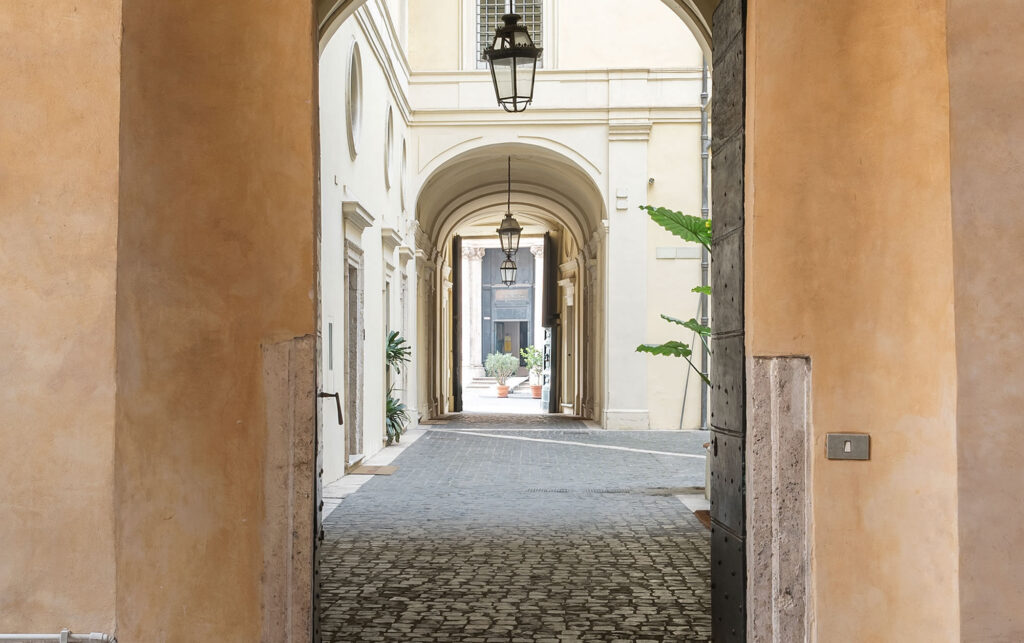
The redevelopment plan includes two suites each having their own gym and wellness area.
The Garden Suite has an interior private garden while the Ambassador Suite has a 360 degree view of all Rome including sights such as St. Peter’s Dome. Services will also be available such as 24 hour concierge as well as extra services such as personal training, cooking classes, etc.
We are trying to create a perfect ambiance in the center of Rome while conserving the historical essence of the property.
Will you publish a book on the redevelopment of this project/Giacomo Della Porta’s contribution?
As we believe that it is important to share undiscovered art such as the perspective of the Palazetto, we will definitely be publishing a book. We have already produced numerous videos as well as a press conference to have ulterior exposure.
If we take the point of view that culture’s progress builds on the foundations of previous generations, to what extent should contemporary architects leave their mark on a building’s redevelopment/an artisans past work?
In Rome, the specialization of restoration schools as well as restoration companies are well equipped with keeping the essence of the historical artwork. Although it is contemporary art, it is only an addition to the art to highlight the splendour of the antique foundations that have been there for hundreds of years.
Similarly, to what extent should contemporary art be integrated and juxtaposed with classical architecture?
In the Palazetto Albertoni Spinola, there will be a fusion of style in the interior of the house. We have planned that the suites will be designed in a way in there will be antique pieces from the 600-800 centuries, as well as contemporary design pieces, providing elegance while highlighting the historical aspect of this masterpiece.
Are there any Italian – or otherwise – architects and designers who you particularly admire?
The Renaissance was the most fruitful period of art, architecture as well as culture brough about by geniuses such as Della Porta, Michelangelo, Bernini, Brunelleschi and Sangallo. There are too many to name. Let’s not forget those of our time such as Renzo Piano and Fuksas that continue the brilliance of art in Italy.
Can you tell us about some of the philanthropic initiatives your family office is involved in?
We will be active in single targeted initiatives in Miami, Florida specifically that take care of the “person” which highlight that no money in the world can supply the actual needs of a those who are suffering or are in difficult times.
Your family office is based in the USA yet you have project(s) in Europe. To what extent does this cultural and geographical divide overlap? Do you find that an American perspective influences your projects?
The United States has always appreciated European culture, beauty and art and in particular Italy itself. As someone who has experienced both worlds, I have noticed that although Italy brings in the beauty and culture, the US also brings in the rationality, simplicity and speed which is essential to projects such as ours. So, the cumulative fusion between both the United States and Italy is essential to the success of my initiatives.
Do you think that, as custodians of culture – be it art, architecture, literature etc. – private patrons have a responsibility to share this with the public?
I believe that every person should have access to art as it is our moral responsibility. In the near future we will render the Palazetto virtually in the Metaverse world.
Do you/your family collect art?
We own pieces that have been passed down from our family but we do not collect art.

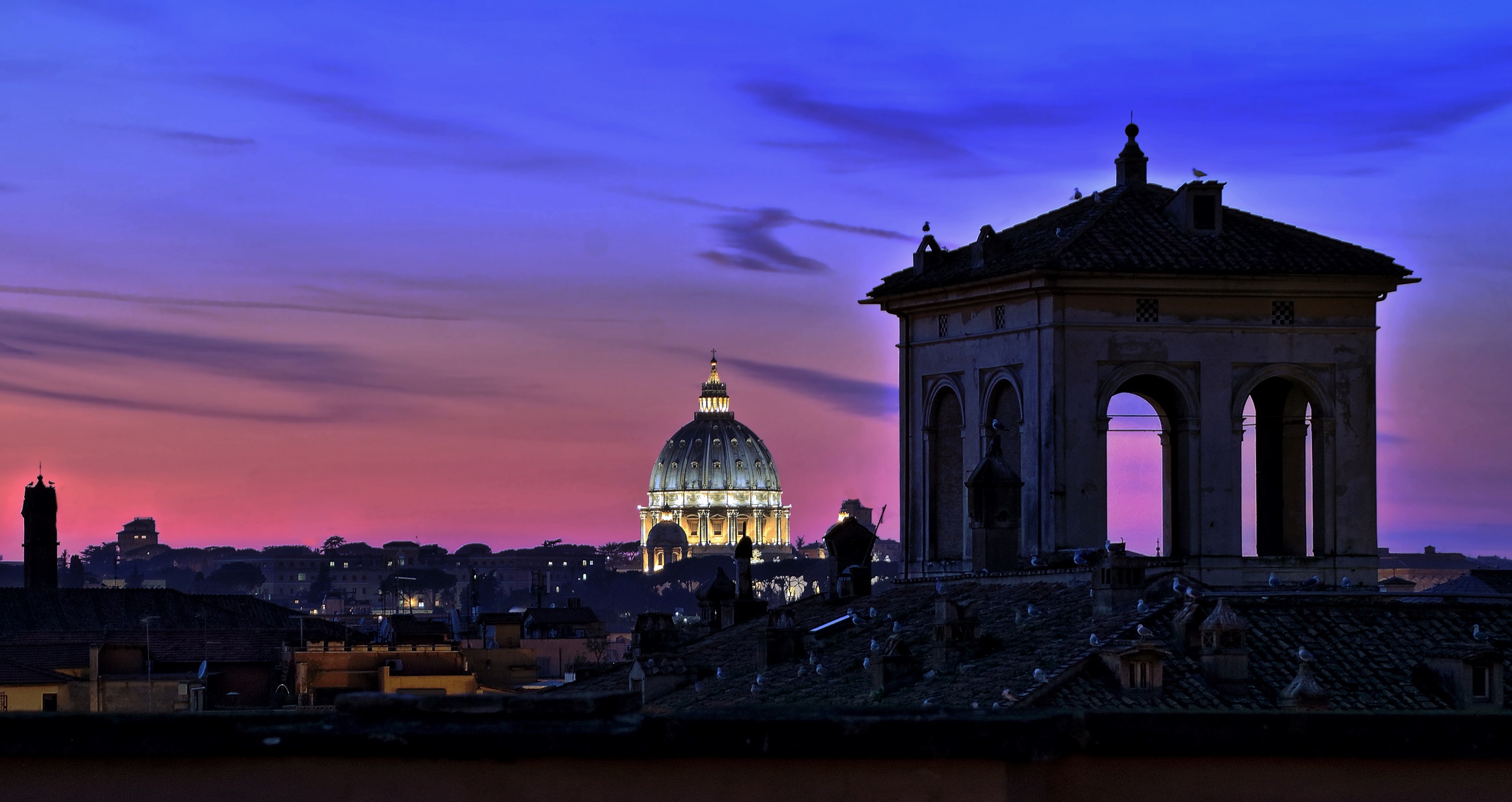
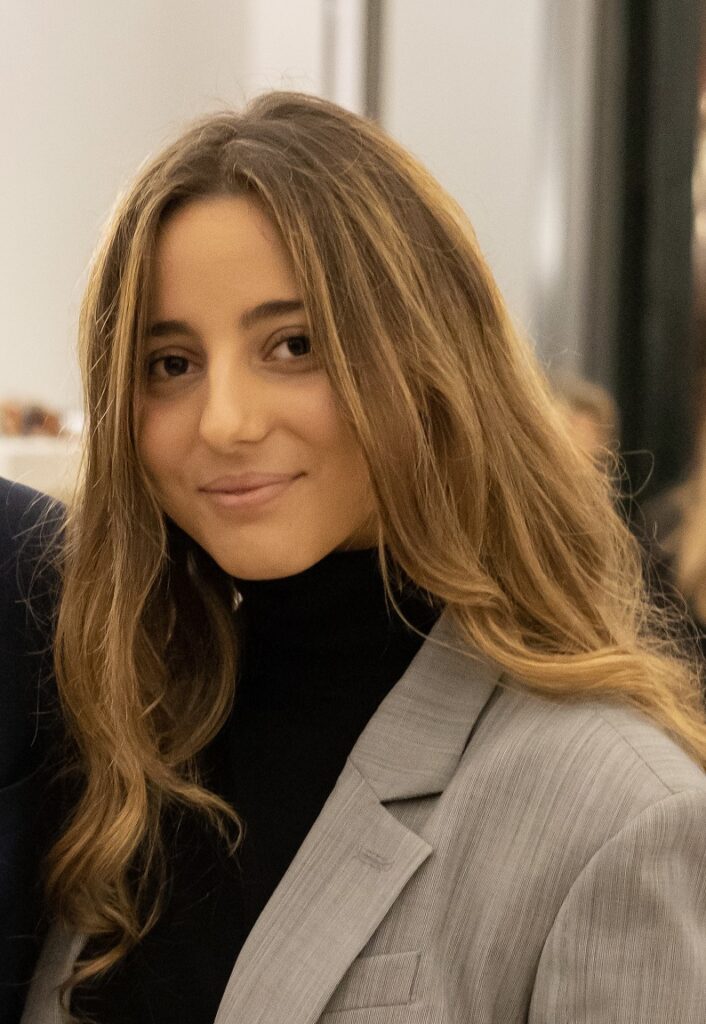
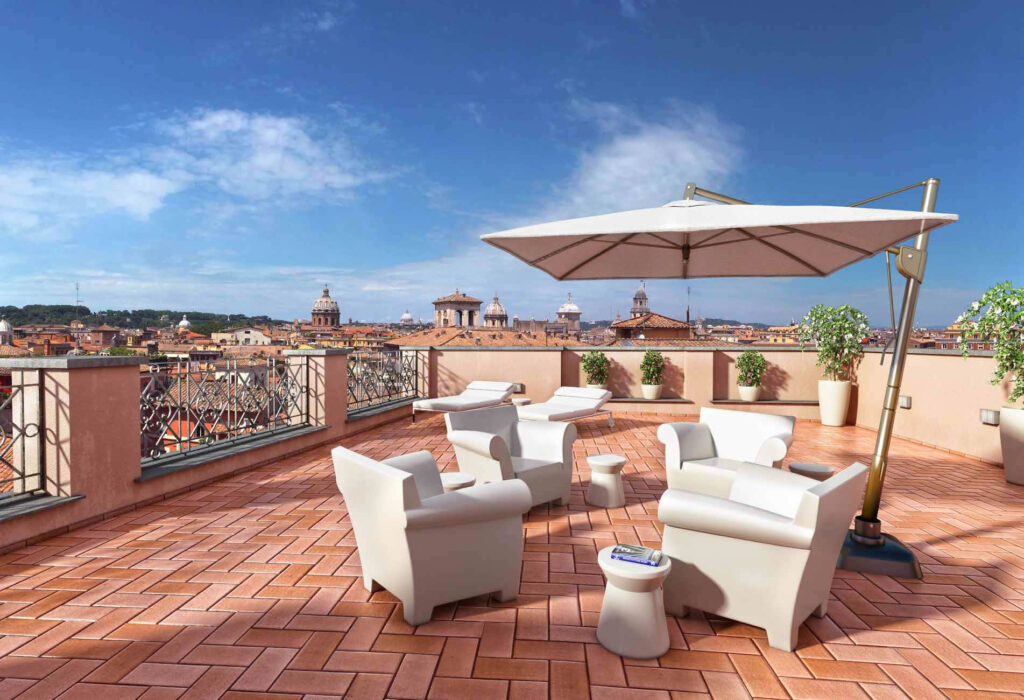
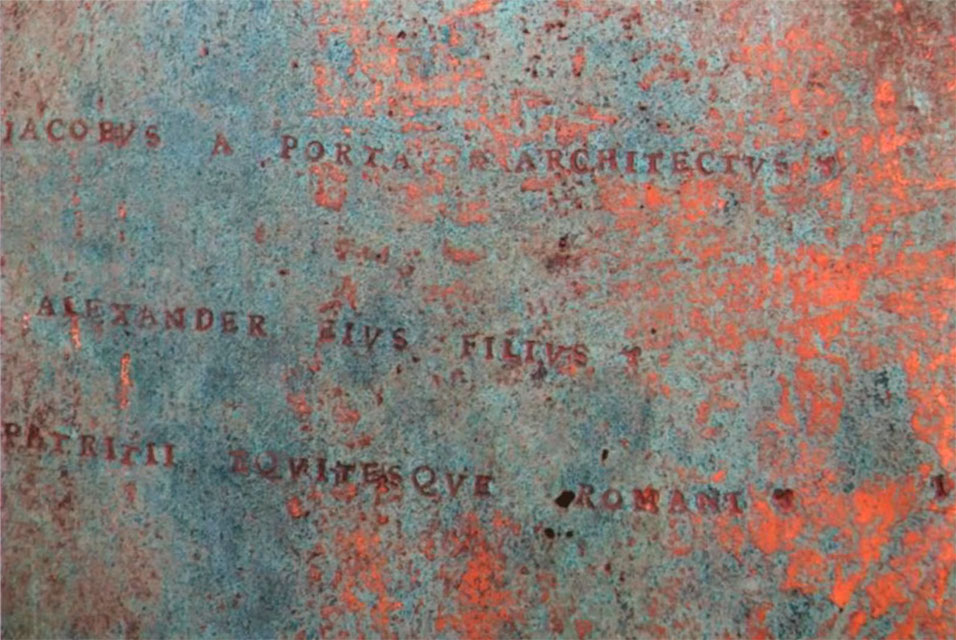
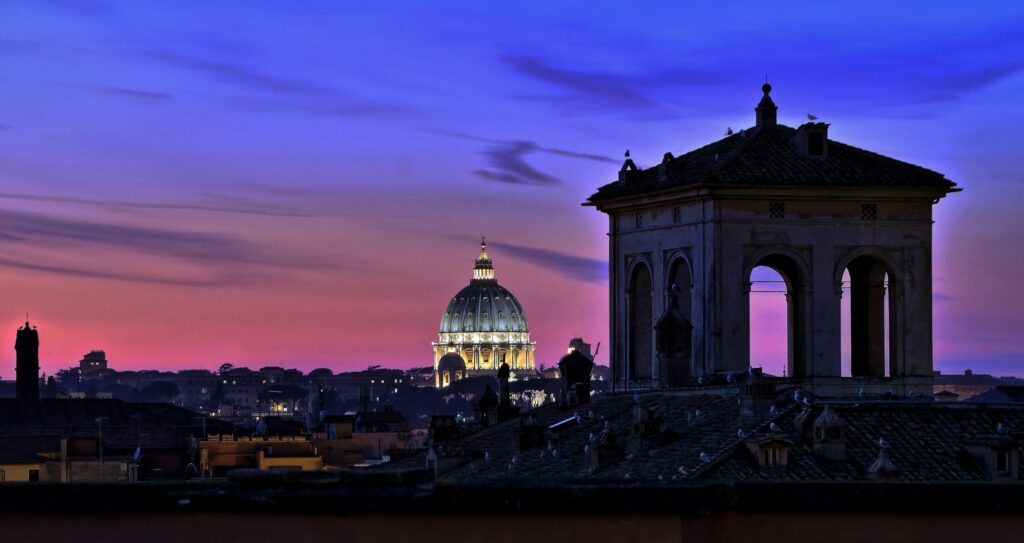

 Saving...
Saving...